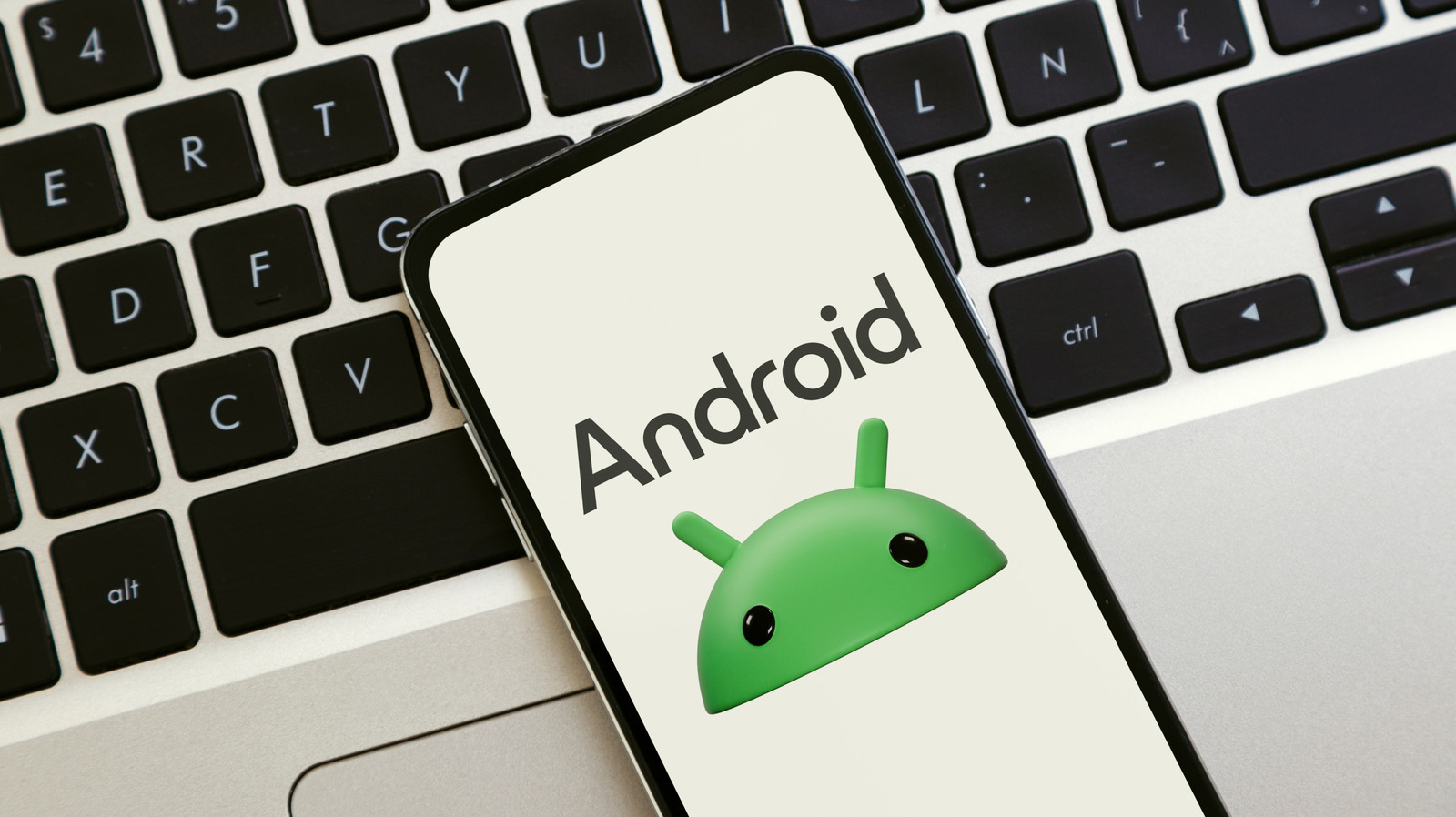Modern Android smartphones are indispensable tools that facilitate everything from communication to entertainment. With features like vibrant 120Hz displays and advanced processors, these devices pack significant power, which comes at the cost of battery life. As smartphone technology continues to advance, efficient power management becomes crucial. Although lithium-ion batteries have seen limited evolution, adjusting certain settings and habits can greatly enhance battery longevity.
Here are 14 practical tips for extending your Android phone’s battery life, applicable to a range of devices including the latest models from Samsung and Google. While specific settings may vary by brand and Android version, the core strategies remain universally effective.
1. Disable Always-On Display
The Always-On Display (AOD) feature, while useful, can significantly drain your battery. According to DXOMARK, enabling AOD can cause battery consumption to increase up to four times compared to standard use. To maximize battery life, consider disabling this feature. Navigate to Settings, select Display, and toggle off Always On Display.
2. Optimize Screen Brightness and Timeout
Keeping your screen brightness elevated, especially for routine tasks, can rapidly deplete your battery. Adjusting screen brightness to a comfortable level is a simple yet effective way to save power. For automatic adjustments based on ambient light, enable Adaptive Brightness in the Display settings. Additionally, setting a shorter screen timeout duration can prevent unnecessary battery drain when your device is inactive.
3. Keep Software Updated
Regular software updates are vital for maintaining your device’s performance and battery health. Updates often include bug fixes, security enhancements, and new battery-saving features. To check for updates, go to Settings, select System, and tap Software Update. Keeping your device updated ensures optimal performance.
4. Utilize Adaptive Battery
The Adaptive Battery feature learns your usage patterns and adjusts app performance accordingly, extending battery life. This setting manages background processes and limits power consumption from less frequently used applications. To enable it, go to Settings, tap Battery, and switch on Adaptive Battery.
5. Activate Dark Mode
For devices equipped with AMOLED displays, enabling Dark Mode can lead to substantial battery savings. Dark Mode reduces the power consumed by the display by turning off individual pixels when displaying black. To activate Dark Mode, access the Display settings and toggle on Dark theme.
6. Enable Power Saving Mode
Power Saving Mode limits background activities and adjusts settings to prolong battery life. While it may reduce performance, it is invaluable during low-battery situations. To activate this mode, navigate to Settings and select Battery, then toggle on Power Saving.
7. Disable Background App Updates
Some applications continuously run in the background, syncing data and draining battery. To improve battery life, consider disabling background data for non-essential apps. Go to Settings, select Network & Internet, tap Data usage, and choose Data Saver to manage background data access.
8. Adjust Screen Refresh Rate
High refresh rate screens enhance the viewing experience but also increase battery consumption. If your device supports it, consider lowering the refresh rate to 60Hz for routine activities. Navigate to Display settings to make this adjustment.
9. Turn Off Hey Google Voice Detection
While the Google Assistant is a useful tool, keeping the “Hey Google” feature active continuously drains battery life. If you don’t rely on voice commands regularly, consider disabling this feature. Open the Google app, access Settings, and turn off the “Hey Google” toggle.
10. Manage Notifications
Excessive notifications can cause your screen to light up frequently, leading to battery drain. Customizing notification settings to reduce alerts from less important apps can help conserve battery life. Go to Settings, tap Notifications, and manage app settings accordingly.
11. Prevent Full Battery Discharge
Avoid allowing your battery to discharge completely. Frequent discharges can shorten the battery’s lifespan. It is advisable to keep your battery levels between 50% and 80% for optimal health. Many Android devices offer battery optimization features to help manage this.
12. Identify Power-Hungry Apps
Certain applications may consume more battery due to poor optimization or excessive background activity. To identify these apps, navigate to Settings, select Battery, and check Battery Usage to see which apps are draining your battery. Consider uninstalling or limiting use of these apps.
13. Avoid Extreme Temperatures
Extreme temperatures can adversely affect battery health. It is best to keep devices within a temperature range of 0 to 35 degrees Celsius (or 32 to 95 degrees Fahrenheit). Avoid leaving your phone in direct sunlight or in a hot car, as this can lead to overheating and reduced battery capacity.
14. Utilize Cover Screen on Foldables
For foldable devices like the Galaxy Z Fold 7, using the cover screen for quick tasks can conserve battery life. The cover screen consumes less power than the larger main display, so opt for it when performing simple actions.
By implementing these strategies, Android users can significantly extend their device’s battery life, ensuring that their smartphones remain functional throughout the day. Adapting simple habits and settings can lead to improved battery performance without sacrificing the overall user experience.
